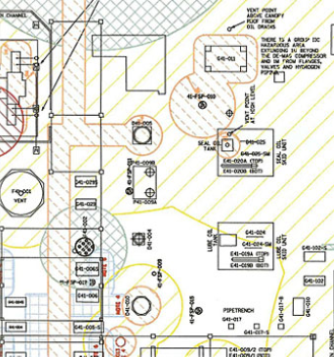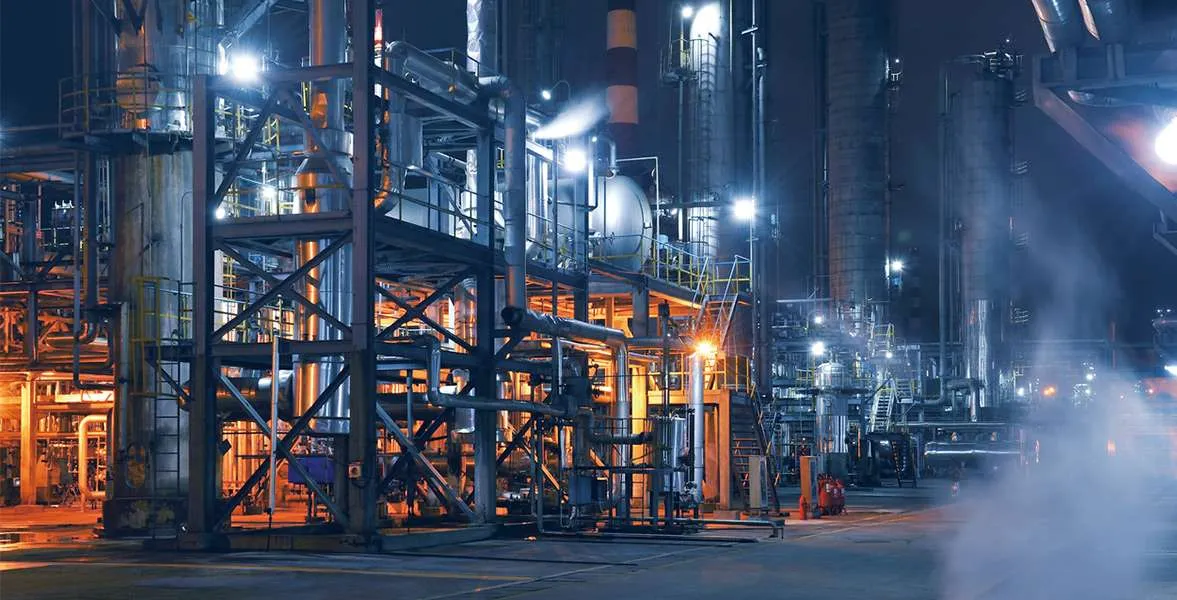Specific measures must be taken to guarantee safety when an area has been defined as a potentially explosive atmosphere. One step to reduce dangerous situations in potentially explosive atmospheres is using ATEX equipment in the concerned area. The regulations covering the corresponding potentially explosive atmospheres fall under the ATEX directive, which determines actions to take. If you want to read more about the definition of ATEX or explosive atmospheres, please read our other Blogs. In this blog, we will cover the directives and related subjects.
In 2003 many changes were made regarding explosion safety and corresponding regulations. Currently, two different ATEX directives are essential for working with explosive atmospheres. The current and mainly applied guidelines are ATEX 114 and ATEX 153. Let’s dive deeper into both directives.
Important definitions
Before going into depth, having a basic understanding of the following subjects can be helpful.
- Explosive atmospheres: Areas within the presence of a mixture of dangerous substances with air, under atmospheric conditions, in the form of gases, vapors, mists, or dust clouds, where the combustion spreads to the entire unburned mixture after ignition has occurred.
- ATEX: Common European directives for controlling those explosive atmospheres, Derived from the French words: “atmospheres explosibles.”
Please note that other relevant standards or directives apply with regard to your equipment.
ATEX 153
ATEX 153 (which was previously called ATEX 137) is a European directive intended for employers that deal with explosive atmospheres and is a social directive that describes the minimal safety requirements for a safe working environment. In this ATEX directive, the employer must take measures against explosion dangers based on a risk assessment and evaluation, which has to be recorded in an explosion protection document.
Requirements of ATEX 153
Some of the requirements within ATEX 153 are:
- Making a risk assessment of the explosion risks.
- Dividing potentially explosive areas into different danger zones.
- Making drawings and plans in which these danger zones are marked subsequently (picture on the right).
- Checking whether all equipment in the dangerous zones is sufficiently explosion proof.
- Preparing an explosion protection document.
- Providing workers with specific instructions to prevent explosion hazards.
- Conducting periodic inspections of the used equipment.

People that deal with these ATEX guidelines are mainly involved in the primary activities of a company. For example, within production, maintenance, or logistics. Please consider that ATEX 153 is the updated version of ATEX 1999/92/EG, so these are synonyms for the same ATEX directive.
Exceptions to ATEX 153
There are exceptions to the rule regarding this ATEX directive, and here are some of them.
- Areas used directly and before the medical treatment of patients.
- The use of gas appliances following the requirements of regulation 2016/426 for gas combustion devices.
- The factory, processing, use, storage, and transport of explosives or chemically unstable substances.
- Extractive industries covered by directive 92/91/EEC (mineral extraction through drilling) or 92/104/EEC (surface or underground extraction).
- The use of transportation by land, water, or air subject to relevant regulations of international agreements. However, transport intended for use within explosive atmospheres must be ATEX certified.
ATEX 114
This ATEX directive (previously called ATEX 95) applies to manufacturers of explosion proof equipment and describes the minimum safety requirements of ATEX equipment for all the members of the European Union. To demonstrate that specific equipment is ATEX certified, an “ex” logo can be found on the equipment, and the “ CE” logo, which is also a standard ATEX equipment, must comply.

ATEX 114 is often written as ATEX 2014/34/EU, so the same ATEX directive is meant by those synonyms. Also, “ATEX equipment” and “explosion proof equipment” are often used interchangeably. These terms mean the same thing: a specific equipment cannot be an ignition source within the explosive atmosphere.
This ATEX directive covers electrical and non-electrical equipment and security systems that prevent explosions (such as spark detection).
- Petrol pumps
- Cameras
- Torches
- Batteries

ATEX certified products
After a piece of equipment has successfully been tested, the manufacturer receives an evaluation report and a certification, which means that the concerned part of the equipment is ATEX certified. Subsequently, equipment must be ATEX certified before being used in explosive atmospheres, but then we come to the question: who tests the equipment and gives out certifications?
Notified bodies
So-called “notified bodies do testing and certificating equipment that must be ATEX compliant.” Notified bodies are third-party inspecting/testing institutes that the government designates to see whether products comply with applicable guidelines. The list of European-certified bodies regarding ATEX certified products is available publicly. ATEX certified products are allowed for use in explosive atmospheres, but please keep in mind different ATEX zones because ATEX equipment has at least to meet the ATEX standards of the relevant zone.
We hope you have learned more about the different ATEX directives and related subjects. Please look at our blog page for more information about ATEX, explosion protection, and other topics.




